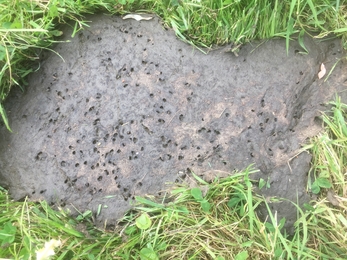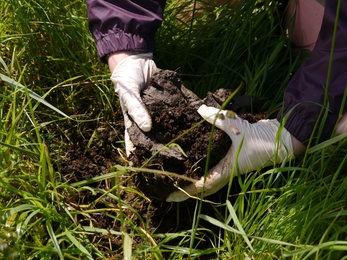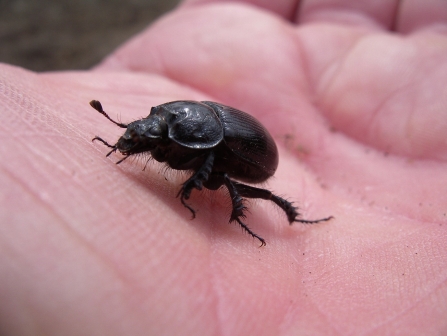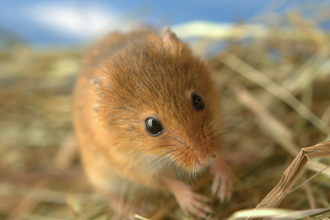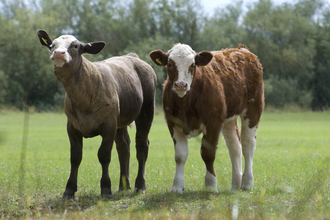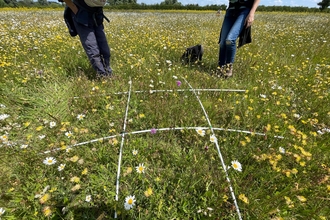A dirty secret...
I have a confession to make, an obsession to own up to…. I love dung, and all the weird and wonderful creatures that live in, on or under it. OK, so those who know me won’t be that surprised, it’s a fairly poorly kept secret, but it’s not something that one brings up in polite society! If given the chance though, I can be pretty evangelical about the secret treasures of dung, and what better chance to preach than a 30 days wild blog?
This in mind, my husband Paul and I headed to our local nature reserve, the Riddy in Sandy, where a small herd of red poll cattle are busy grazing down the sward to allow the flowers to flourish. Luckily for me, Paul is both patient and a keen naturalist, making him an easy convert to the wonders of dung, to the extent that we celebrated a wedding anniversary rooting through cow pats.
All types of dung can yield beetles, and different species prefer dung from different mammals and of different ages. Sheep dung often turns up a good number of different species, but in low numbers, whereas a good cow pat can yield well over 100 individuals but from a smaller number of species. Various different beetle families can be found, including predatory Staphalinide or rove beetles (smaller versions of devil’s coach horse beetles), specially adapted water beetles, and my favourite, the true dung beetles. When we arrive at the Riddy, we split up and start scoping out the cow pats – we can get quite competitive about finding pats with the most beetles in. I like to look for bigger, thicker pats, which have formed a crust but are still moist inside. Lots of holes on the surface are a sign that there has been a good level of beetle activity.


